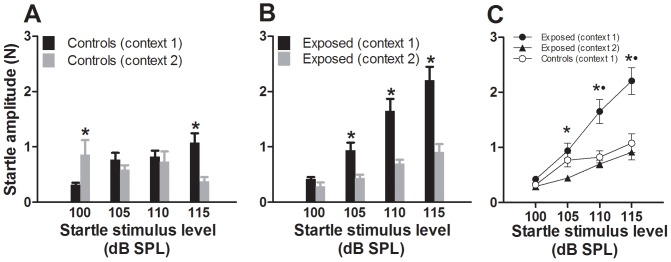Figure 7. Effect of context on startle amplitudes.

A. Data for control animals. B. Data for exposed animals. In each graph, data from animals tested in the context of startle stimuli alone (context 1) are compared with data from animals tested using startle stimuli alone presented randomly in the context of the gap detection test (context 2). Note that in control animals, ASR amplitudes were generally weaker in context 2 than in context 1, but for the most part, the decreases were not significant. In exposed animals, ASRs measured in context 2 were consistently weaker than those measured in context 1, indicating an effect of context on startle suppression. C. Comparison of startle amplitudes of exposed animals tested in contexts 1 and 2 with startle amplitudes of controls tested in context 1, showing the loss of hyperresponsiveness when animals were tested in context 2. *: P<0.05 for comparison between exposed animals tested in the two contexts. Dot represents P<0.05 for comparison between exposed and controls tested in context 1.
